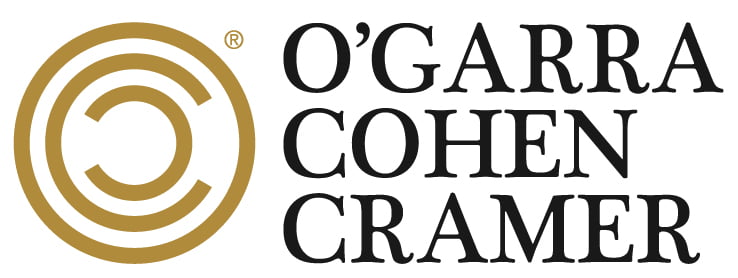Call us: 0113 244 0597
Youth Justice – Concerns Over the Quality of Representation
10th July 2023

The Youth Justice Legal Centre (YJLC) and the Institute for Crime and Justice Policy Research (ICPR) at Birkbeck have published groundbreaking research on the quality of legal representation in the youth justice system. The findings cement the urgent need for clear guidance around training for solicitors to ensure children are adequately represented.
The research found:
- The legal framework for children in the criminal justice system (CJS) is very different compared to adults;
- A ‘good’ defence solicitor requires specialist communication, information-gathering, and empathy skills;
- Representing children effectively is particularly time-consuming and requires important contextual knowledge about the welfare needs of children;
- Solicitors require an understanding of child development, the agencies working with children, available local diversionary schemes, and the wider youth justice policy framework;
- Solicitors are required to identify their own training needs and the absence of guidance results in gaps in knowledge and understanding;
- There are a small number of criminal solicitors who specialise in representing children.
As part of the project, YJLC conducted observations of practice at two different youth courts. This highlighted the following:
- Whether a child gets a solicitor with the requisite specialist knowledge and skills to represent them well is a case of ‘potluck’;
- Solicitors don’t know what they don’t know. Many think they are doing a perfectly competent job, but they would be fighting for different outcomes if they had a better understanding of the issues.
Solutions?
The authors of the report suggest:
- The Solicitors Regulation Authority must provide guidance to the profession on the knowledge and skills required to represent children. This must be regularly reviewed to ensure new and emerging trends are reflected in this good practice guidance.
- The Law Society must ‘quality mark’ the training of appropriate training providers. This would have the dual purpose of encouraging solicitors to undertake specialist youth justice training and, importantly, providing the public with the opportunity to confidently select legal representation from those with the highest standards of expertise in youth justice.
- The Solicitors Regulation Authority must ensure, through its regulatory function, that in the criminal practice of every law firm, at least one solicitor has undergone annual training in youth justice law and practice. This will mean every practice maintains a level of competence in this specialist area and every child is represented by a firm where there is a source of specialist expertise.
- The Law Society must make ‘youth justice’ appear as an area of practice on the ‘Find a Solicitor’ database webpage. Solicitors who have undertaken annual specialist training with a Law Society quality mark-approved training provider must be listed under ‘youth justice’ and have a quality mark symbol on their profile.
- A working group must be formed to ensure the above recommendations are put into action over the next 12 months.
As a firm, we are pleased to see the publication of this research as it chimes with our own experiences. Our youth court advocates are highly trained in youth-related law, practice, and procedure and pride ourselves on the holistic approach shown toward each client we represent. We understand the particular difficulties in effectively communicating with young clients, and we are well-versed in the strategies required to ensure young people are able to participate effectively in the criminal process.
How can we help?
We ensure we keep up to date with any changes in legislation and case law so that we are always best placed to advise you properly. If you would like to discuss any aspect of your case, please call 0113 2440597 or email info@ogcclaw.com and let us help.
Image credit: West Midlands Police is licensed under CC BY-SA 2.0.

